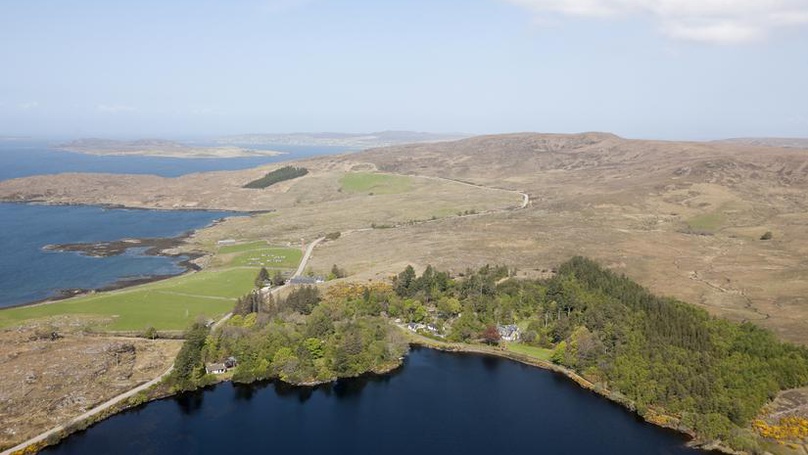John Bound, Partner CKD Galbraith and head of the firm's Estates Division in the Highlands
Whilst the residential market in Scotland continues to experience challenging times, the market for Scottish sporting estates remains active throughout the country, with the Highlands in particular being at the forefront of demand on a national and international level.
As a firm, CKD Galbraith manage over one million acres of sporting estates across Scotland, being particularly strong in the Highland area, which offers some of the best sporting in the world.
A Scottish estate is undoubtedly considered as an important asset, available in limited supply - on average an estate only comes to the market once in every 16 years. They are only for those who can afford not only the initial purchase price but also the ongoing annual running costs, which can be substantial.
The Highlands boast some of the most spectacular sporting estates around and it is the quality and variety of the sport that underpins the reputation and consequently the interest they engender.
Just recently we took on the sale of two of the most outstanding sporting estates located in the beautiful Wester Ross area, Heights of Kinlochewe and Tournaig, for sale at 2.6.m and 2.5m respectively. We have already received encouraging levels of interest for both estates in the short time that they have been on the open market from domestic and foreign parties.
As a firm we have handled the majority of sporting estate sales in Scotland over the last three years, with a large number of these being completed privately as we always have a number of potential buyers on our lists. Recent notable sales have included the Wester Ross estates of Little Gruiniard, Larachantivore, and Ledgowan.
The aspirations of owning such an estate are understandable but it is also worth looking at the valuable contribution that such estates provide to the wider Scottish economy and in particular rural communities.
Shooting fishing and stalking generate significant income for the rural economy - not just from the revenue landowners receive from letting the sport itself but from ancillary accommodation, servicing, travel and outfitting revenues. Estimates have put the revenues generated at approximately 275 million a year. Grouse shooting alone generates some 30 million a year and supports 950 full time jobs in Scotland as a whole and many of them in fragile, rural communities.
Sporting estates, where properly managed and that can require pretty deep pockets and commitment can also help deliver a number of the country's key environmental, economic and social objectives.
Responsible management of sporting estates is fundamental not only for deriving income and pleasure but in preserving this valuable and unique asset for future generations. Fortunately, the great majority of buyers are well aware of the responsibility they take on when they make such an important commitment.
